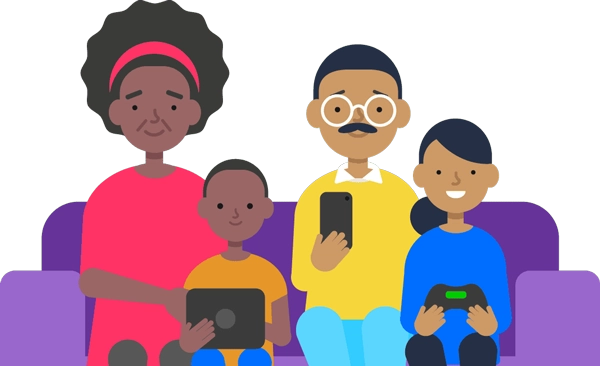Professor Williams says that there are 4 categories when it comes to in-game spending.
1. More of the game
“The first is simply more of the game. If we think about games having content like a TV series, then more of it is like another episode or season. That might mean more places to explore, more villains to defeat, etc.”
2. Virtual in-game items
“The second is virtual items within a game. Usually these are things that will help the player compete like a faster car, stronger sword, etc.”
3. Items for self-expression
“The third are items that actually don’t help a player win, but instead let them self-express. These are things like a colourful hat, a fancy gun or even a whole different appearance for their character or in-game avatar. Surprisingly to many, this is a very large portion of spending; it goes to show how important identity and expression is for players of all ages.”
4. Skipping ads
“Lastly, many of these games are free or are driven by watching ads, and so the player can instead pay with their time or attention. Game developers often build in ways to skip these steps to get to the good stuff without either grinding away meaninglessly (the developers make portions not fun so players want to skip it) or watching ads. Naturally, they allow this with small (or large) purchases.”
![]()




